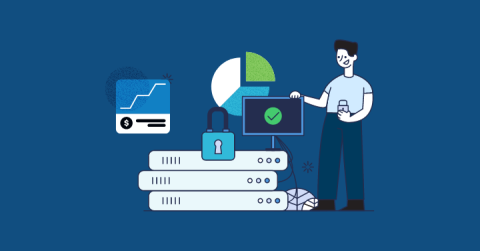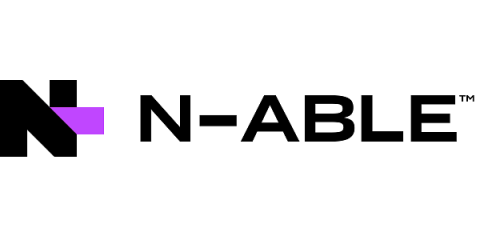Achieving Zero Downtime in the Cloud with Predictive Network Monitoring
Today, more and more businesses are scaling their IT infrastructure and adapting digital technologies to increase their visibility and revenue. Around 90% of businesses heavily rely on cloud services to run their operations smoothly. Now imagine due to a minor fault in your network system, the whole process comes to a halt leading to unsatisfied customers, reputational damage, and financial losses.











